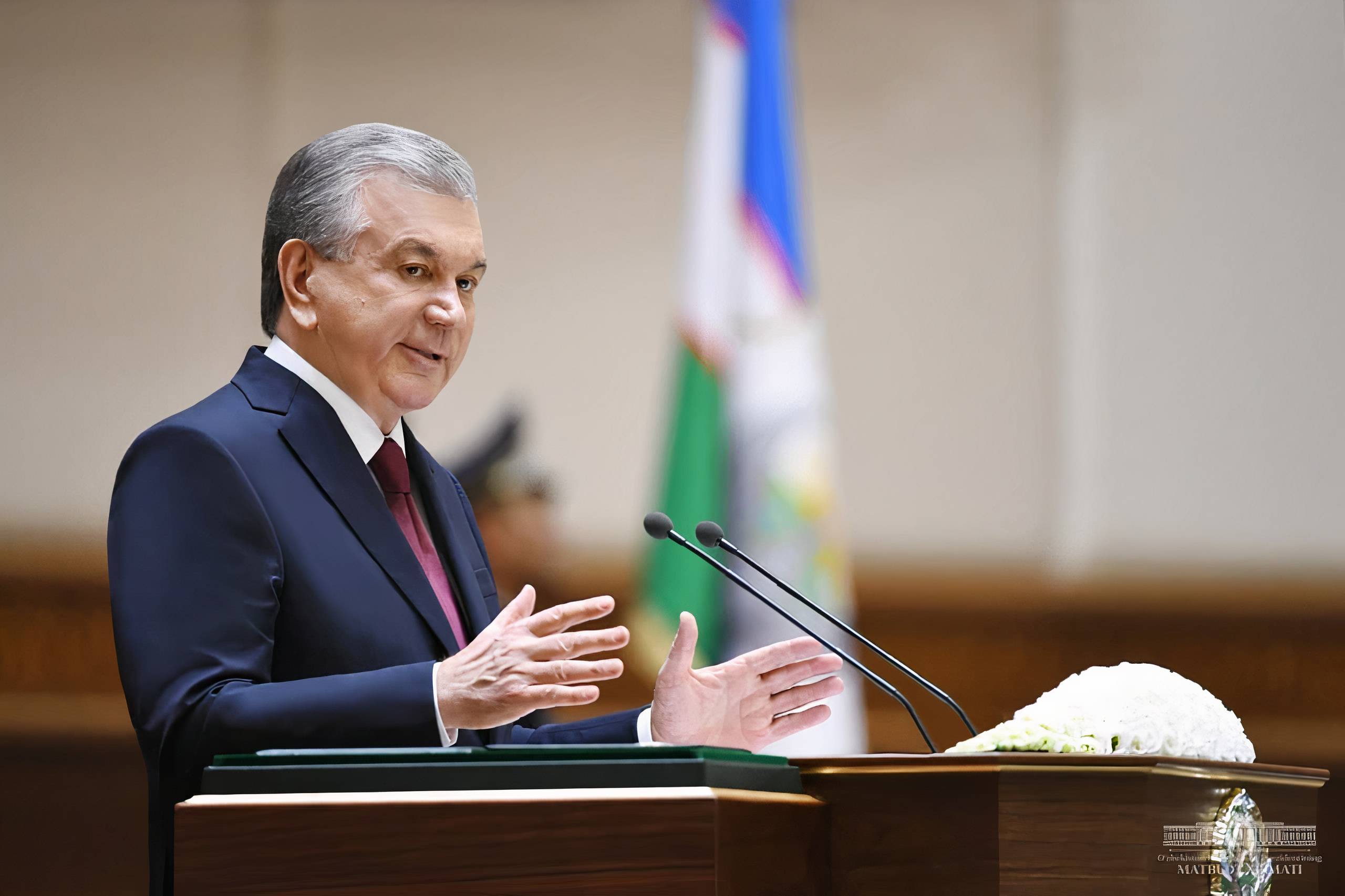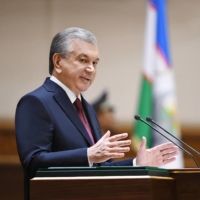Since President Shavkat Mirziyoyev came to power, Uzbekistan has undertaken a large-scale program of economic and social reforms and structural transformations in the country.
Under his leadership, a policy is being pursued to increase the accountability and transparency of the government, regional cooperation is expanding and multifaceted interaction with foreign countries is being carried out.
The changes are already showing results: Uzbekistan is one of the few countries that has avoided an economic downturn thanks to decisive measures to overcome the consequences of the pandemic, as well as price liberalization and the removal of barriers to domestic and international trade.
According to the World Bank, in 2021 Uzbekistan’s gross domestic product showed a steady increase in household income and domestic investment. As a result of ongoing reforms, as well as the development of entrepreneurship, Uzbekistan’s GDP grew by 7.4% last year. The country’s GDP is expected to show the best dynamics in Central Asia: 5.6% in 2022 and 5.8% in 2023.
The basis for the further prosperity of Uzbekistan will be the Development Strategy of New Uzbekistan for 2022-2026. This determines the priorities for continuing systemic reforms aimed at further improving the welfare of the people, transforming sectors of the economy and accelerating the development of entrepreneurship based on taking into account the complex geopolitical situation and a detailed analysis of the results of the past stages of development in the country.
This strategic document consists of seven priority areas and 100 goals, the implementation of which will serve as a stable foundation for Uzbekistan for further reforms over the next five years. It also provides for the implementation of various measures that should create favorable conditions for joining the ranks of upper-middle-income countries.
Based on the new strategy, the country has identified target goals in concrete numbers and introduced the mechanisms of reaching those goals. Among the many other priorities identified in the development strategy are further economic liberalization, privatization in most spheres, competition, elimination of monopolization, the attraction of more foreign investment, price stabilization, support for the development of “driver sectors of the economy” and decentralization, which will give more authority to the region.
For instance, one goal for the country is to increase per capita GDP by 1.6 times in the next five years and raise per capita income to $4,000 by 2030 by ensuring stable, high growth rates in all sectors of the economy, including energy, industry, machinery, mining, agriculture and others. Another important goal is to ensure macroeconomic stability and gradually reduce the annual inflation rate to 5% by 2023. This year, the government intends to reduce the inflation rate to 9%.
The country will continue to ensure the stability of the national economy and increase the share of industry in GDP by increasing the volume of industrial production by 40%. For that, priority areas and tasks have been identified for the implementation of major investment projects, in particular the field of metallurgy, which will increase the production of gold by 26% and silver by 42%, as well as double the production of copper and iron.
It also provides for the active introduction of green technologies in all spheres of life in the country, an increase in energy efficiency of 20%, and a reduction in emissions of harmful gases into the atmosphere of 10%. For example, by 2026 electricity production is planned to increase by an additional 40 billion kilowatt-hours, bringing the total to 110 billion kWh. Furthermore, the government intends to save about 3 billion cubic meters of natural gas by increasing the share of renewable energy sources to 25% of energy production by 2026. In conjunction with this, reducing the emission of harmful gases into the atmosphere by 8 million tons is also a priority.
Another important goal is the transformation of the digital economy into the main driver of the state’s development by increasing the volume of the digital economy by at least 2.5 times.
The planned reforms need a constant flow of investment that requires an appropriate investment environment and the rule of law. Accordingly, taking measures to attract the necessary $120 billion over the next five years, including foreign investment of $70 billion, is another crucial goal for the government to realize. Moreover, the country is planning to reform its capital markets by increasing their volume from $200 million to $7 billion over the next five years.
Completion of the transformation of the banking system, bringing the share of banking assets managed by private banks to 60% from 20% in 2025, in general, is a goal to reform the banking sector and increase the affordability of quality banking services.
Uzbekistan plans to increase the republic’s exports by 2026 to $30 billion to maintain sustainable economic development. Hence, bringing the share of private-sector exports to 60% is a priority. Accordingly, by improving the system of providing organizational and financial assistance to exporting enterprises, the country is willing to increase the current number of exporting enterprises to 15,000 from 6,500. Expanding the geographic reach of the country’s exports to 150 countries from 115 is also expected.
To further support entrepreneurship, the government plans to reduce the tax burden on business entities by 2026 to 25% of GDP from 27.5% and decrease the value-added tax to 12% from 15% as well as reduce the tax rate on profits in the telecommunications, banking and finance sectors to 15% from 20%.
The government is planning to increase the economic potential of regions by carrying out decentralization reforms to further support the development of the districts. Keeping in mind that agriculture reserves a high volume in the state’s GDP, the annual growth rate of agriculture is expected to be at least 5%, which should lead to an increase in farmers’ incomes by at least twofold.
Acceleration of the processes for Uzbekistan’s accession to the World Trade Organization is also among the priorities of the development strategy of Uzbekistan. In the meantime, the expansion of exports of finished products to European countries within the framework of the Generalised Scheme of Preferences Plus system will remain a priority.
In conclusion, Uzbekistan has identified several priorities for economic transformation in its development strategy. Full and successful implementation of the target tasks defined in the document will contribute to the economic prosperity and stability not only of Uzbekistan, but also of neighboring countries in Central Asia.




